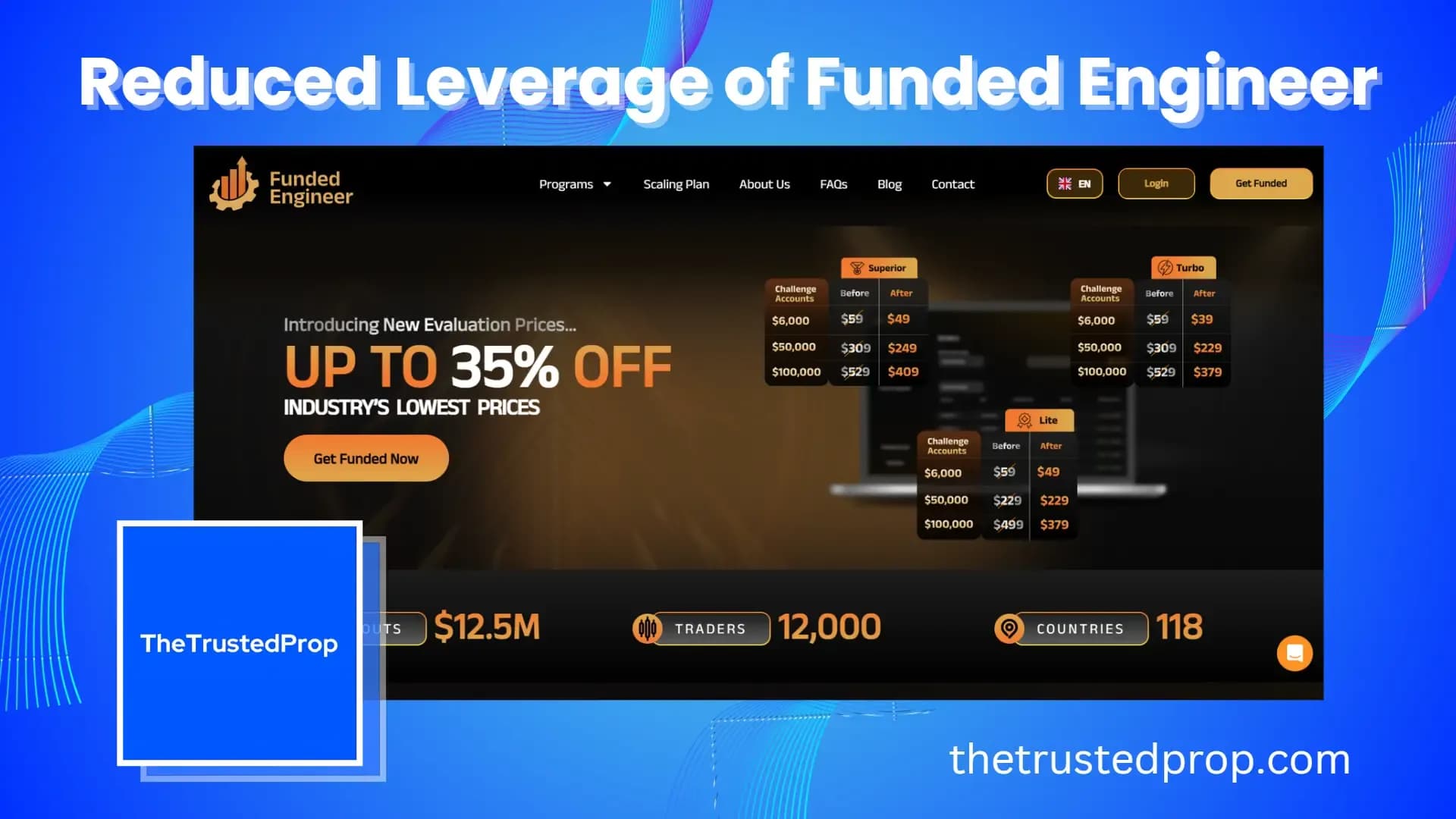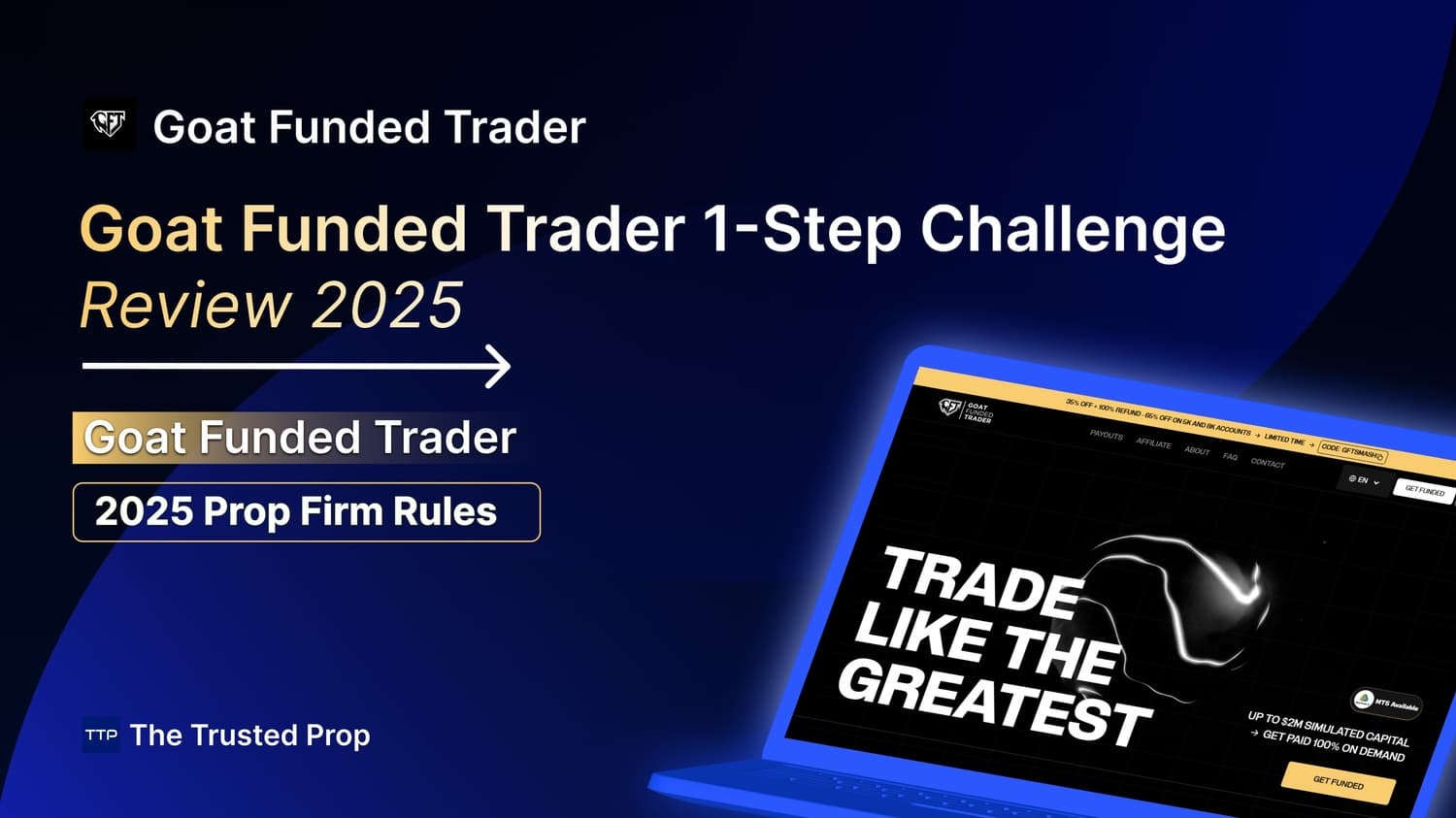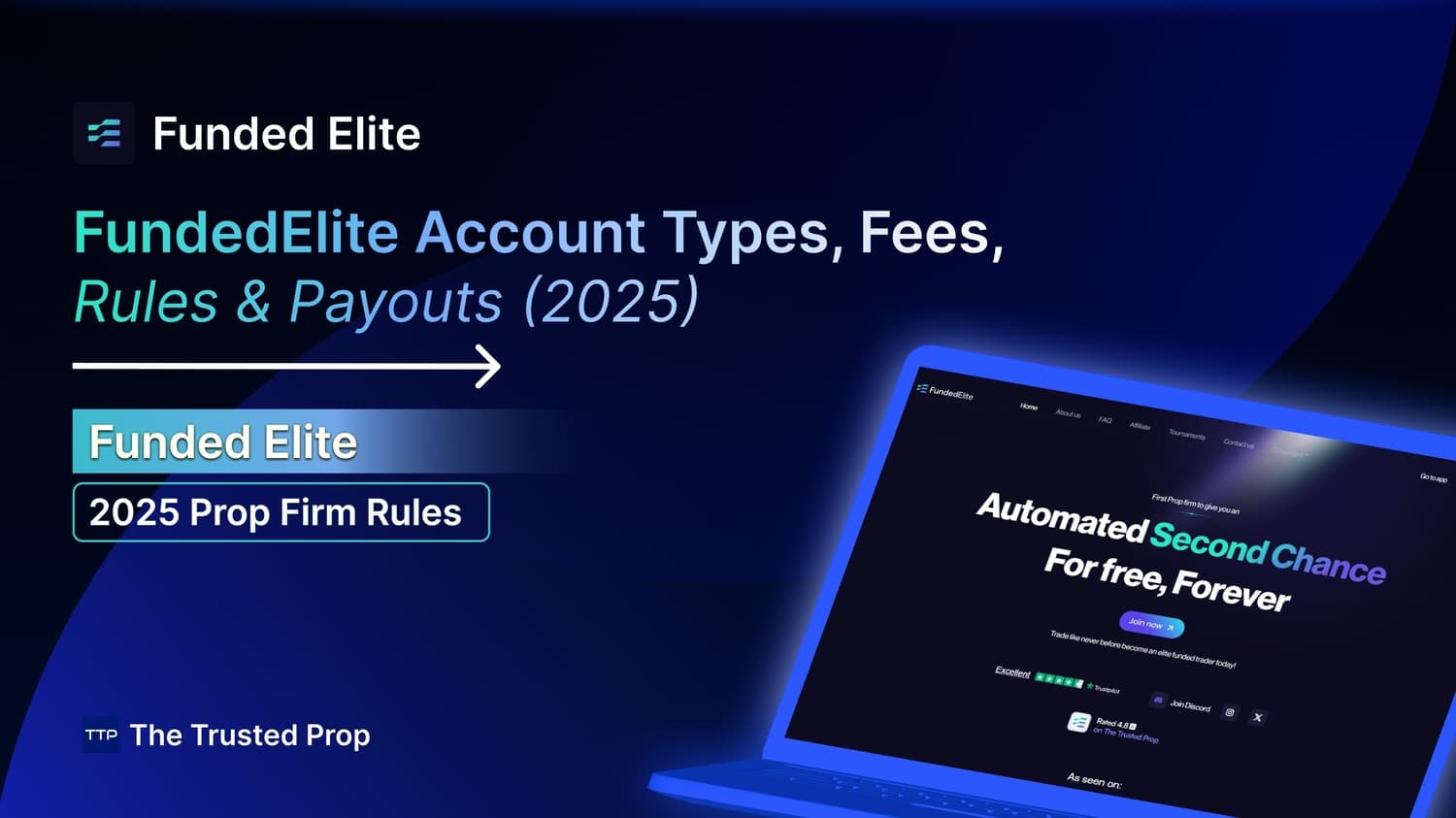Copy Coupon Code to Get
Up to 25% Off 🎉

Funded Engineer
Crypto, Forex
AE
2022
CEO: Tristian Talbot
This firm is not listed on our Trusted or Affiliate list.
We have not evaluated this firm yet.
Metatrader
Crypto
Deel
Wire Transfer/ Bank Transfer
Wise
Credit/Debit Card
Crypto
ThinkMarkets
Other
Analyzing the Impact of Reduced Leverage of Funded Engineer

Analyzing the Impact of Reduced Leverage of Funded Engineer
4/29/2024
In recent news, Funded Engineer made headlines by announcing significant reductions in leverage, sparking debates and discussions within the trading community. But what does this mean for the average trader? Let's dive into a logical analysis and examine whether these new lot size limits will genuinely affect normal users.
Understanding the Leverage Limits
Before we delve into the analysis, let's recap the key changes in leverage limits introduced by Funded Engineer:
- Crypto: Reduced to 1:3
- Forex: Reduced to 1:50
- Indices: Reduced to 1:10
These adjustments are accompanied by strict risk management guidelines, including:
- Maximum Drawdown: 10% overall and 5% daily.
- Average Risk per Trade: 0.5% to 1%.
- Account Size: $100,000.
Analyzing Specific Instruments
To assess the impact of these changes effectively, we'll take a closer look at two commonly traded instruments: EURUSD and S&P 500.
1. EURUSD Trade
- Stop Loss: 5 pips.
- Risk Per Trade: 0.5% to 1% of $100,000 ($500 to $1,000).
Let's calculate the lot size that a trader can take with a 5 pip stop loss, considering the risk per trade.
2. S&P 500 Trade
- Stop Loss: 4 to 5 ticks.
- Value per Tick: $10 for 1 lot.
- Risk Per Trade: As above, $500 to $1,000.
We'll calculate the number of contracts a trader can take with a 4 to 5 tick stop loss, under the same risk parameters.
Evaluating Leverage Utilization
Now, let's assess how much of the available leverage (1:50 for forex and 1:10 for indices) is actually used in these trades, considering the constraints of stop loss and risk per trade.
Calculations
Let's begin with the calculations for the EURUSD trade and then proceed to the S&P 500 trade.
EURUSD Trade
- With a 0.5% risk per trade (i.e., $500 risk), you can trade up to 10 standard lots with a 5 pip stop loss.
- With a 1% risk per trade (i.e., $1,000 risk), you can trade up to 20 standard lots with a 5 pip stop loss.
S&P 500 Trade
- With a 0.5% risk per trade (i.e., $500 risk), you can trade up to 12.5 contracts with a 4 tick stop loss.
- With a 1% risk per trade (i.e., $1,000 risk), you can trade up to 20 contracts with a 5 tick stop loss.
Leverage Utilization in Practice
Let's examine the practical implications of these calculations.
EURUSD Trade (1:50 Leverage)
- Leverage: 1:50 means for every $1 of your money, you can control $50 in the market.
- Standard Lot: One standard lot in Forex is typically 100,000 units of the base currency (e.g., €100,000 for EURUSD).
- Margin Requirement: At 1:50 leverage, the margin for one standard lot is $100,000 / 50 = $2,000.
- 20 Lots Margin: Trading 20 lots requires a total margin of 20 times $2,000, equaling $40,000.
Verification for EURUSD:
With a $100,000 account, using $40,000 for margin leaves plenty of room within the leverage limits, as it only utilizes 40% of your account.
S&P 500 Trade (1:10 Leverage)
- Leverage: 1:10 implies controlling $10 in the market for every $1 of your capital.
- Contract Margin: The margin requirement for one S&P 500 contract is roughly estimated at $10,000 (may vary).
- 20 Contracts Margin: Trading 20 contracts would require 20 times $10,000, totaling $200,000.
Verification for S&P 500:
With a 1:10 leverage and a $100,000 account, theoretically, you can control up to $1,000,000 in the market ($100,000 * 10). However, the requirement of $200,000 for 20 contracts is exactly double the actual capital in the account. This suggests that in practice, trading 20 contracts is at the very limit of what the account can handle with the given leverage, and it could be risky if the actual margin requirements are higher than the assumed $10,000 per contract.
Conclusion
In conclusion, the reduced leverage limits imposed by Funded Engineer may not severely restrict traders' ability to take significant positions in both forex and indices, as long as they adhere to the recommended risk management rules of 0.5% to 1% risk per trade. The constraints are more likely to affect a trader's ability to diversify or take multiple positions simultaneously, rather than limiting the size of individual trades.
Now that you have a better understanding of the impact of these leverage changes, you can make informed decisions about your trading strategy and risk management.
You may also like
Goat Funded Trader 1-Step Challenge Review 2025

FTMO is Back in India: What This Means For Indian Traders

iFunds Prop Firm Detailed Review 2025
.jpeg&w=1920&q=75)
iFunds Instant Funding Accounts: Our Honest 2025 Review

FundedElite Account Types, Fees, Rules & Payouts (2025)

DNA Funded 1-Step Challenge Review 2025: Rules & Tips

Eightcap Challenge: Complete Phase Rules Explained (2025)

No FAQs are available for this topic yet.